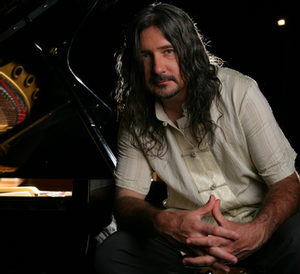AES Dublin 2019
Tutorial T27
Friday, March 22, 15:45 — 16:45 (Liffey Hall 1)
T27 - Binaural Multitracking with Binaural Directional Convolution Reverb
Presenter:Matthew Lien, Whispering Willows Records Inc. - Whitehorse, Yukon, Canada; Universal Music Publishing - Taipei, Taiwan
With the majority of today’s music delivered over headphones, the time for binaural audio has arrived. But producing binaural music has presented challenges with some producers declaring native binaural unsuitable for popular music production. Binaural tracking often yielded poor results (especially with drums) compared to non-binaural multitracking, and the reliance on recorded room ambiance was not ideal and didn’t allow for further wet/dry adjustment/enhancements when mixing.
However, recent research and new recording techniques, and the use of Directional Binaural Convolution Reverb (described in eBrief 277 "Space Explorations—Broadening Binaural Horizons with Directionally-Matched Impulse Response Convolution Reverb") are yielding impressive binaural multitracking results, even with mainstream music styles.
After gathering an extensive collection of directional binaural impulse responses from churches and halls across Europe, Asia, and Canada for the creation of directional binaural convolution reverb; and following experimental "native binaural" recording studio sessions, a new approach to native binaural multitracking has been established.
This tutorial demonstrates the various stages of this new approach to binaural music production with video and audio samples, including early and late reflection directional binaural impulse response capturing (and how each is used for best results), native binaural studio tracking of instruments ranging from drums and bass, to strings, to marimbas, to Hammond B3 and more; to mixing and mastering.

